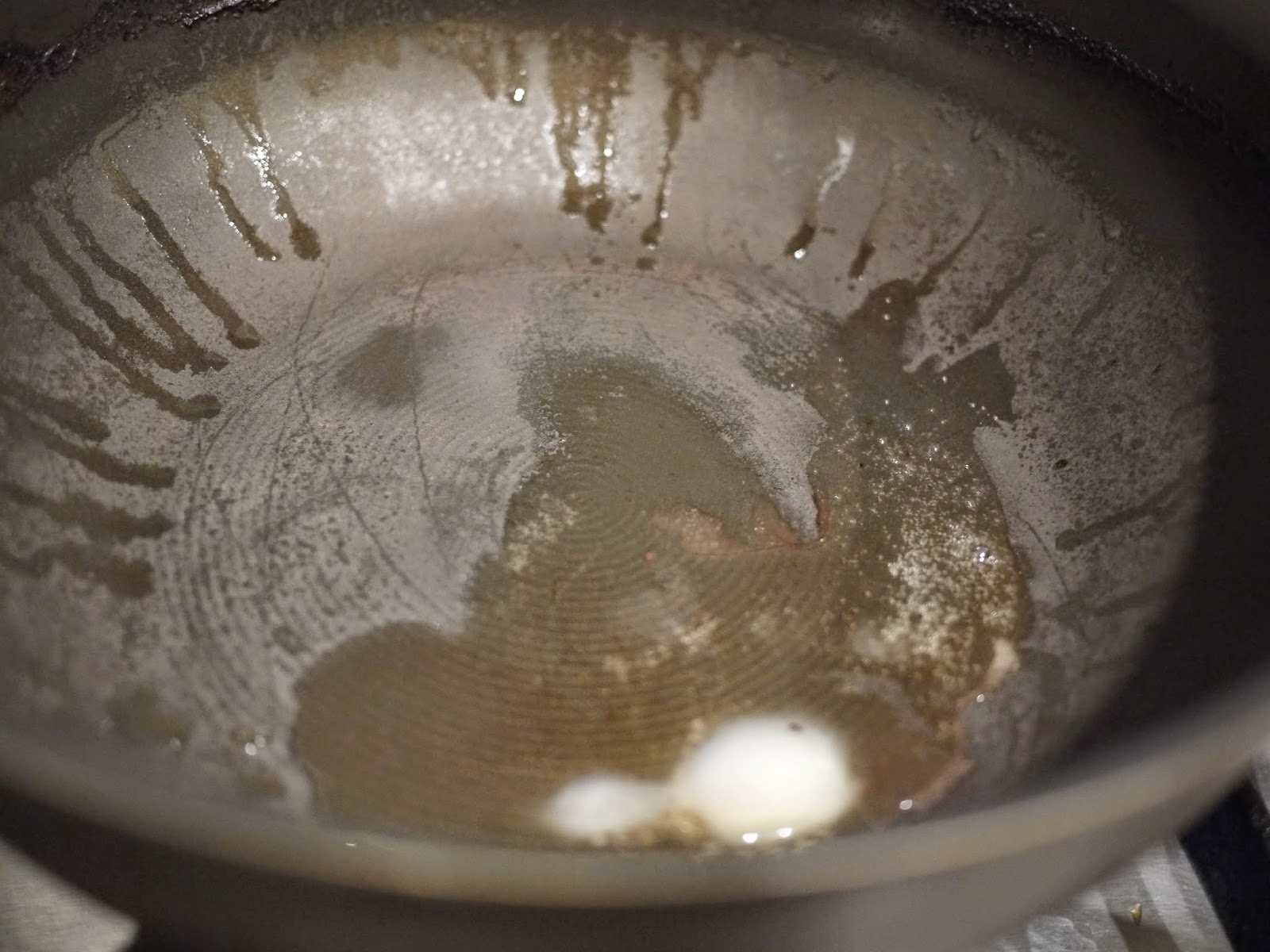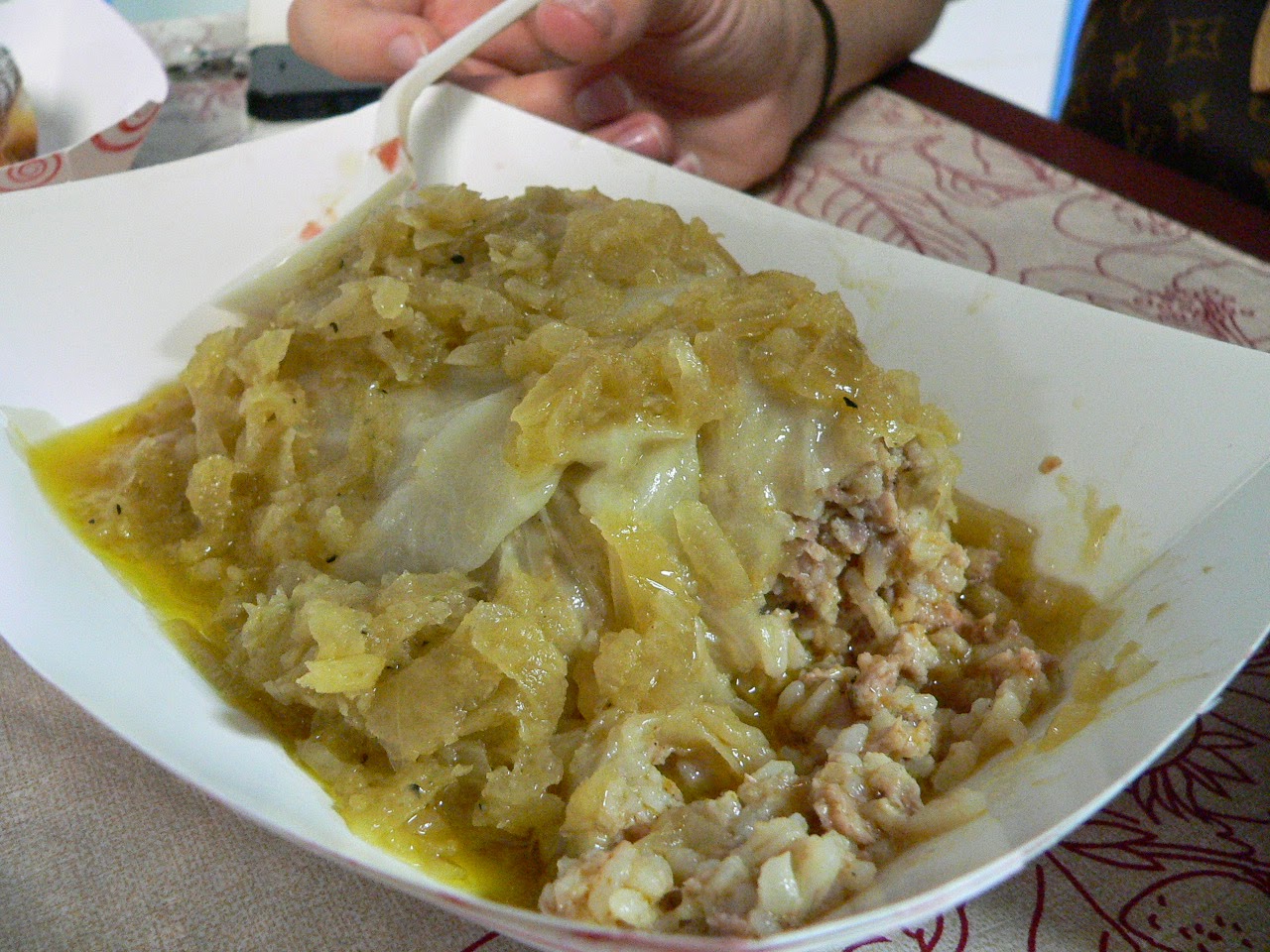Over the years, I've developed a love-hate relationship with Queens, New York. For city folk, it's sort of a foreign land, a strange region comprising Astoria, a big globe of the world somewhere or the other, and a whole bunch of buses. A place of much less sophistication and the home of the Mets, the biggest bunch of heart breakers I've ever fallen in love with, admittedly, things do work a bit different in Queens. For example, logic:
Really, city planning? Eight blocks in two streets?
However, there is one thing that Queens thoroughly beats Manhattan out in, and that's in the variety of ethnic food. Long regarded as the most ethnically diverse place in the world, various ethnic neighborhoods exist all over the borough as a result of mass immigration, with Guyanese in Richmond Hill, Jamaicans and South Asians in Jamaica, Latinos in Jackson Heights, Chinese in Flushing, Koreans in Bayside, Greeks and Arabs in Astoria, Albanians in Glendale, Polish in Middle Village...the list goes on. And naturally, restaurants and grocery stores have arrived with these immigrants, offering other New Yorkers the taste of foreign cuisines, and fellow immigrants the taste of home.
So that brings me to last weekend. After crashing at a friend's place in Forest Hills, I woke up on a Sunday morning with the realization that I had not yet written my weekly blog post, and was looking at a horrible weekend subway schedule back to civilization. However, once more, a memory of Andrew Zimmern's Bizarre Foods saved the day:
 |
| http://www.travelchannel.com/tv-shows/bizarre-foods/photos/bizarre-foods-america-queens-ny-pictures?page=3 |
After about three blocks, we turned the corner to a surprise: a street with a convenience store, a laundromat, and of course, Rokhat Kosher Bakery.
Walking past a group of older Bukharian men chatting animatedly at the front of the store, we were greeted by a harried teenager working at the counter, the sight and smell of an assortment of baked goods, and a rush of warmth from the stoves at the side of the bakery.
The grated pumpkin was cooked in a sort of curry before being stuffed in crusty dough, which went perfectly with the "sauce" that came with our order, a tangy, watered down sort of marinara sauce.
Next, we tackled the beef patty. This will never beat the time honored Jamaican beef patty I grew up eating, but it was pretty good. Nice solid chunks of beef, albeit dry, mixed in with sautéed onions.
And finally, the lamb bun. This was probably my favorite one of the three; the dough fell apart a bit more with each bite, and the lamb was sautéed perfectly with onions, with an almost sweet flavor to the meat.
And next to our eating area was the entrance to a section of the bakery selling bread and sweeter baked goods:

Already stuffed, we skipped this part of the meal. But next time you're around the Forest Hills/Rego Park area of Queens for whatever strange reason that dragged you out of Manhattan island, try it out for us!

















































